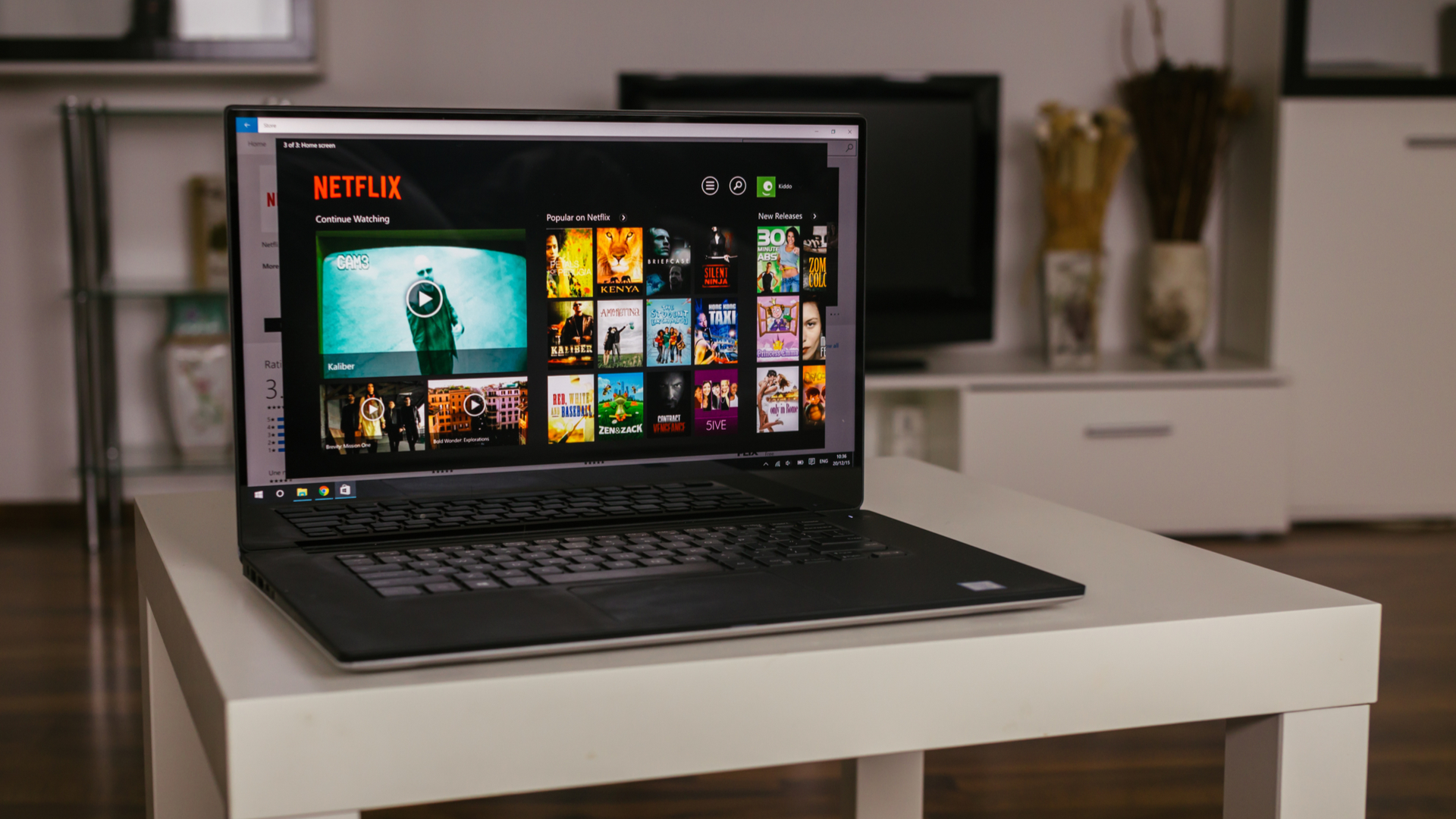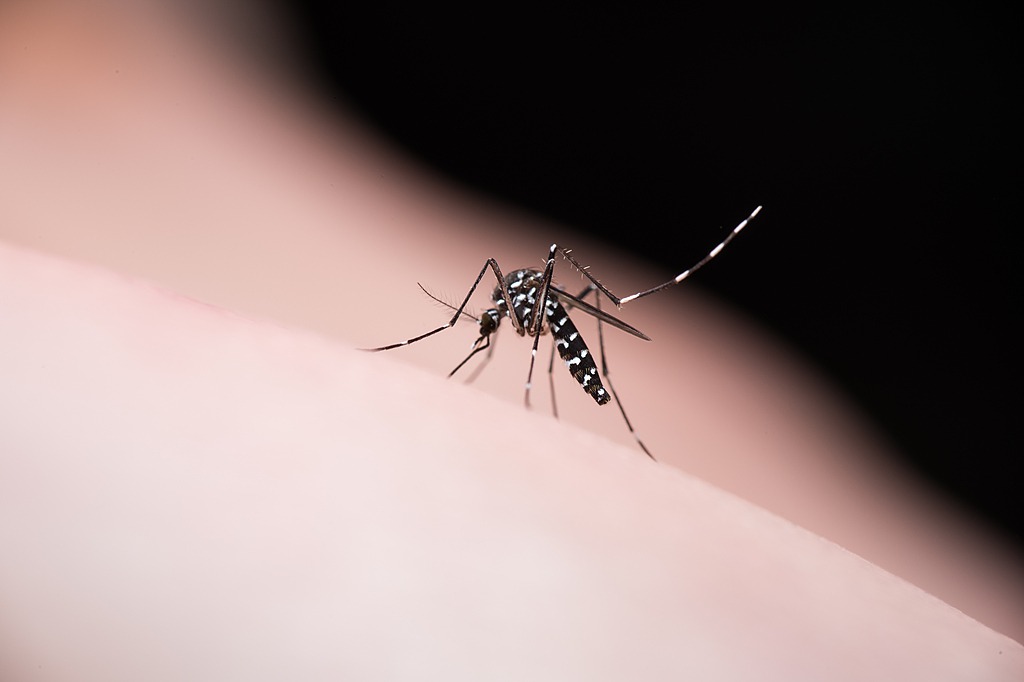The city of Foshan in Guangdong province is winning the battle against chikungunya fever, with more than 90 percent of patients there having been cured and discharged from hospitals, and the number of new cases witnessing a significant reduction over the weekend.
Among the recovered patients, the oldest is 95 years old, while the youngest is 40 days old, said Yan Haiming, a senior doctor in the infectious disease department at the First People’s Hospital of Foshan.
“Although most of the chikungunya fever patients in Foshan develop mild symptoms, health departments and medical workers make every effort to prevent and control the spread of the fever and treat the patients in the city,” Yan said on Saturday.
Chikungunya is an infectious disease caused by the chikungunya virus, which is transmitted to humans by infected mosquitoes, with outbreaks and sporadic cases reported mostly in the Americas, Asia and Africa, and occasional smaller outbreaks in Europe, according to the World Health Organization.
After the local outbreak of chikungunya began in early July, Foshan’s health authority immediately organized medical experts to develop a chikungunya fever diagnosis and treatment guide for the city, guiding local designated hospitals to standardize diagnosis and treatment, said Yan.
“Subsequently, the diagnosis and treatment services have continuously been optimized to help improve patients’ medical experience according to the diagnosis and treatment plans and suggestions made by experts from central and provincial government departments and hospitals,” he said.
Meanwhile, each designated hospital has increased the frequency of nucleic acid testing to minimize the waiting time for those who might have the infection and, upon diagnosis, all patients can receive standardized treatment, Yan said.
Timely detection and treatment also help curb further spread of the infection, he added.
Muscle pain, fatigue and nausea are more common in people over age 65, and most patients’ symptoms can subside within about a week, he said.
Yan added that no serious long-term effects have been detected so far, and doctors will follow up after patients have recovered.
According to statistics released on Sunday by the Health Commission of Guangdong Province, Guangdong, with a population of over 127 million, reported 1,387 new chikungunya cases in the week ending on Saturday, including 1,212 in Foshan, 103 in Guangzhou and 39 in Zhanjiang.
Wen Xi, vice-mayor of Foshan, said great progress has been achieved in curbing the virus’ spread, as the number of new cases has decreased significantly. The city’s daily case tally reduced to 148 on Friday, compared with 647 on the peak day of July 19.
“The local epidemic has shown a continuous downward trend since July 29, with the daily new case number dropping to below 200 for the past five consecutive days,” she said.
Wen nonetheless urged relevant departments to continue sparing no efforts in eliminating mosquitoes, in order to fully block the spread of the virus and consolidate the hard-won achievements in disease control.
He Xiangwei, deputy head of Foshan’s Shunde district, said that the district’s recovery rate has so far reached 92.43 percent, with 5,923 people having been cured and discharged from hospitals.
Shunde is the hardest-hit area of Foshan, which represents 95 percent of the total chikungunya cases in Guangdong. Foshan, which is about 20 kilometers from Guangzhou, the provincial capital, had reported more than 7,000 confirmed cases as of late last week.
Huang Shaohui, a Shunde resident, said that with the outbreak now under control, “normal life remains intact here and there is no need to panic”.
Kang Min, director of the institute for prevention and control of infectious diseases at the Guangdong Provincial Center for Disease Control and Prevention, said that after a month of great efforts to eliminate mosquitoes, the mosquito vector density in Foshan has significantly decreased, indicating that the transmission risk has largely been contained.
The number of newly confirmed cases has seen a continuous decline for 10 days in Shunde, the official tally showed.
Sporadic cases of chikungunya fever have also been reported in other parts of the country, including Beijing and the Hong Kong and Macao special administrative regions. Preemptive steps have been undertaken, such as extensive mosquito control efforts and health surveillance of people returning from Foshan.








